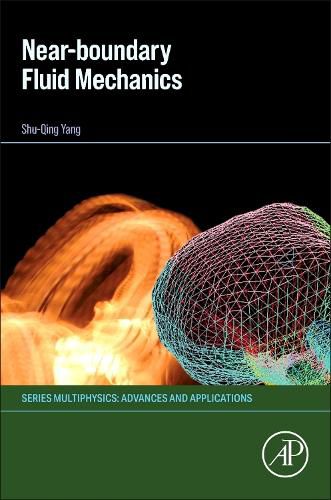Readings Newsletter
Become a Readings Member to make your shopping experience even easier.
Sign in or sign up for free!
You’re not far away from qualifying for FREE standard shipping within Australia
You’ve qualified for FREE standard shipping within Australia
The cart is loading…






Near-Boundary Fluid Mechanics focuses on the near-boundary region and its significance. It delves into topics like boundary shear stress, drag reduction using polymer additives, turbulence sources, secondary currents, log-law validity, sediment transport, and more. Unlike similar books, it emphasizes the importance of the near-boundary region. This book is organized into chapters covering internal flows, external flows, loose boundary flows, and density currents. It extends Prandtl's fundamental concept to internal flows, showing how potential flow theory can describe flow without a solid boundary.
In addition, the book provides a theoretical analysis of boundary shear stress in three-dimensional flows and explores the turbulent structures in drag-reduction flows. A key feature is clarifying the role of wall-normal velocity in mass, moment, and energy transfer. Additionally, Archimedes' principle is covered to explain pressure drag and establishes a relationship between wake volume and hydrodynamic force.
$9.00 standard shipping within Australia
FREE standard shipping within Australia for orders over $100.00
Express & International shipping calculated at checkout
Stock availability can be subject to change without notice. We recommend calling the shop or contacting our online team to check availability of low stock items. Please see our Shopping Online page for more details.
Near-Boundary Fluid Mechanics focuses on the near-boundary region and its significance. It delves into topics like boundary shear stress, drag reduction using polymer additives, turbulence sources, secondary currents, log-law validity, sediment transport, and more. Unlike similar books, it emphasizes the importance of the near-boundary region. This book is organized into chapters covering internal flows, external flows, loose boundary flows, and density currents. It extends Prandtl's fundamental concept to internal flows, showing how potential flow theory can describe flow without a solid boundary.
In addition, the book provides a theoretical analysis of boundary shear stress in three-dimensional flows and explores the turbulent structures in drag-reduction flows. A key feature is clarifying the role of wall-normal velocity in mass, moment, and energy transfer. Additionally, Archimedes' principle is covered to explain pressure drag and establishes a relationship between wake volume and hydrodynamic force.